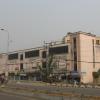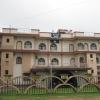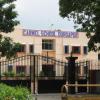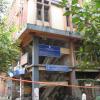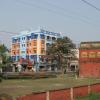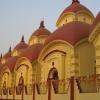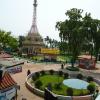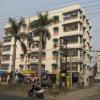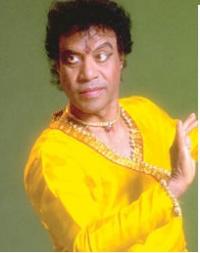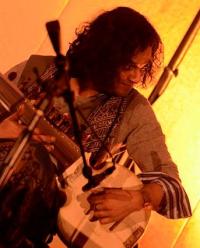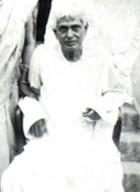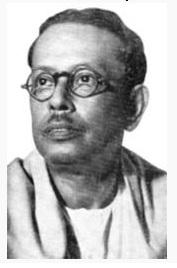West Bengal is an Indian state located at the eastern part of India. The capital of West Bengal is Kolkata. It is the fourth most populous state in India. The state ranks sixth in its contribution to the nation’s net domestic product. The name Bengal is derived from the word Bangla which is again derived from the name of the ancient kingdom of Vanga or Banga.
History of West Bengal
In 3rd century B.C., the region was under the rule of Ashoka the Great of Mauryan dynasty. Then the region was ruled by Gupta dynasty, Buddhist Pala dynasty, Hindu Sena dynasty, Khilji dynasty, Sultanate of Bengal and then by Ganesha dynasty until it was conquered by the Mughals in 1596. With the arrival of European settlers, the Bengal Presidency was established in 1757.
After India got its independence, Bengal was partitioned based on religious lines and the western part that was retained with India became West Bengal. In 1950, the Princely State of Cooch Behar joined West Bengal. Chandannagar, the former French territory was merged with West Bengal in 1955.
Geography and Climate of West Bengal
West Bengal spreads over an area of 88,752 square kilometers. The northern part of the state is covered by Himalayas. Sandakfu is the highest peak in the state with an altitude of 11,929 feet. Some of the rivers that flow through West Bengal are Ganges River, Bhagirathi River, Hooghly River, Damodar River, Ajay River and Kangsabati River.
The southern part of West Bengal has tropical savannah climate and the northern part has humid subtropical climate. During summer the temperature ranges between 38 degree Celsius and 45 degree Celsius. The sub Himalayan West Bengal gets average annual rainfall of 2739 mm and the Gangetic West Bengal gets average annual rainfall of 1439 mm. The winter in the plains is mild with the average temperature of 15 degree Celsius.
Natural Resources of West Bengal
13.38% of the total area of West Bengal is covered with forests. Sundarbans, the largest mangrove forest in the world is in the southern part of the state. Sal, casuarinas, oaks, conifers and rhododendrons are some of the trees found in abundance in this region. Some of the wildlife found here are Indian elephant, Indian rhinoceros, deer, bison, leopard, gaur, tiger and crocodiles, barking deer, red panda, kalij pheasants, minivet, chinkara, takin and serow.
There are 15 wildlife sanctuaries and 5 national parks in West Bengal namely Sundarbans National Park, Buxa Tiger Reserve, Neora Valley National Park, Singalila National Park and Gorumara National Park. Sundarban is declared as the Biosphere Reserve by the government.
West Bengal State Map With Districts
There are 19 districts in West Bengal as of June 2012. Given below is the West Bengal state map with all 19 districts marked.
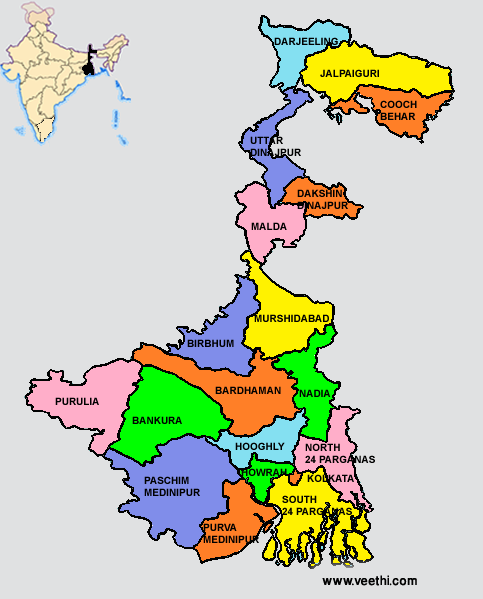
List of Districts of West Bengal
|
|
People and Culture of West Bengal
According to the 2011 census, the population of West Bengal is 91,347,736 people. Bengalis are the majority people living here. Marwaris, Biharis, Oriya, Tamils, Gujaratis, Anglo-Indians also live in small numbers. The official language of the state is Bengali and English. Other languages spoken here are Bengali, Hindi, Santali, Urdu, Oriya and Nepali. The majority of people of West Bengal are Hindus. Muslims also live in sizeable numbers. Sikhs and Christians also live in small numbers. The sex ratio of people is 947 females for every 1000 males. West Bengal is the second most densely populated state in India with 1029 people per square kilometer.
Bengali language has a rich literary heritage and many popular Bengali writers including Bankim Chandra Chattopadhyay and Rabindranath Tagore had contributed to the literature in 19th and 20th centuries. Gombhira, Baul, Kirtans, Gajan and Bhawaiya are the folk music forms of the state. Rice and fish are the important foods and Bengal is famous for its milk sweets such as Rashagolla, Sondesh and Kalojam.
Sari, Panjabi and dhuti are the traditional dresses worn by people. Durga Puja, Poila Baisakhi, Rathayatra, Basanta Utsab, Poush Parbon, Kali Puja, Laxmi Puja, Christmas, Eid Ul Fitr, Muharram, Eid Ul Alha and Buddha Purnima are some of the festivals celebrated here.
Education and Sports of West Bengal
There are both state run and private run schools in West Bengal and the education follows 10+2+3 pattern. The schools are affiliated to Council for Indian School Certificate Examinations, Central Board for Secondary Education, National Institute of Open School and West Bengal Board of Secondary Education.
There are 18 universities and more than 200 colleges in the state and some of them are Bengal Engineering and Science University, Visva Bharati University, West Bengal University of Technology, Kalyani University, University of Burdwan, Vidyasagar University, North Bengal University, etc.
Cricket, Polo and football are the popular sports in West Bengal. There are many large stadiums in the state including the Eden Gardens and Salt Lake Stadium. Calcutta Polo Club is the oldest polo club in the world and the Calcutta Cricket and Football Club is the second oldest cricket club in the world.
Economy of West Bengal

The services sector contributed to 57.8% of the GDP of the state as of 2009-10. 24% of the GDP came from the agriculture and forestry sector and 18.2% from the industrial and manufacturing sector. The top five crops grown in the state are rice, potato, jute, sugarcane and wheat. Darjeeling tea is famous all over the world. West Bengal ranks sixth among other Indian states in its NSDP. The average GSDP growth rate in a period of five years from 2005 to 2010 is 13.9% which is lower than the nation’s average at 13.9%.
Some of the important companies in West Bengal are ITC Limited, India Government Mint, Haldia Petrochemicals, Exide Industries, Bata India, Birla Corporation, Coal India Limited, Damodar Valley Corporation, Brittannia Industries, Peerless Group, etc.
West Bengal Transportation
Netaji Subhash Chandra Bose International Airport at Dum Dum in Kolkata is the international airport in West Bengal. Other airports are located at Siliguri, Balurghat, Cooch Behar, Barrackpore, Bishnupur, etc. Kolkata docks and Haldia docks operates passenger ships to Port Blair and cargo ships to many parts of the world.
West Bengal has a good road network of more than 92,023 kilometers. Among them, national highways comprise 2578 kilometers and state highways comprise 2393 kilometers. Two railway divisions of the Indian Railways, Eastern Railway and South Eastern Railway have their headquarters in Kolkata. Kolkata Metro is the first of its kind in India and the Darjeeling Himalayan Railway is a UNESCO World Heritage Site.
The buses in West Bengal are operated by Calcutta State Transport Corporation, North Bengal State Transport Corporation, South Bengal State Transport Corporation and West Bengal Surface Transport Corporation and also by the Calcutta Tramways Company. Cycle rickshaws, auto rickshaws, taxis and hand pulled rickshaws are also commonly used for transportation in West Bengal.
West Bengal Tourism
West Bengal is the travelers’ paradise with many hill stations, wildlife sanctuaries, dense forests, beautiful beaches and historical monuments. Trekking, river rafting and parasailing are popular activities of adventure tourism. Some of the important places of interest in West Bengal are
1. Kolkata
2. Dooars
3. Darjeeling
4. Sundarbans
5. Shantiniketan
6. Digha
7. Murshidabad
8. Bishnupur
9. Gangasagar


